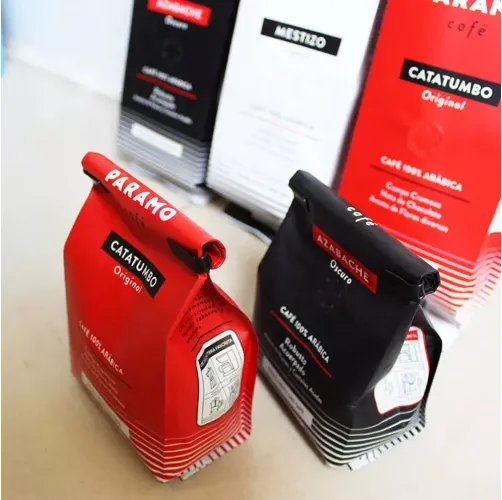- Afrikaans
- Albanian
- Amharic
- Arabic
- Armenian
- Azerbaijani
- Basque
- Belarusian
- Bengali
- Bosnian
- Bulgarian
- Catalan
- Cebuano
- chinese_simplified
- chinese_traditional
- Corsican
- Croatian
- Czech
- Danish
- Dutch
- English
- Esperanto
- Estonian
- Finnish
- French
- Frisian
- Galician
- Georgian
- German
- Greek
- Gujarati
- haitian_creole
- hausa
- hawaiian
- Hebrew
- Hindi
- Miao
- Hungarian
- Icelandic
- igbo
- Indonesian
- irish
- Italian
- Japanese
- Javanese
- Kannada
- kazakh
- Khmer
- Rwandese
- Korean
- Kurdish
- Kyrgyz
- Lao
- Latin
- Latvian
- Lithuanian
- Luxembourgish
- Macedonian
- Malgashi
- Malay
- Malayalam
- Maltese
- Maori
- Marathi
- Mongolian
- Myanmar
- Nepali
- Norwegian
- Norwegian
- Occitan
- Pashto
- Persian
- Polish
- Portuguese
- Punjabi
- Romanian
- Russian
- Samoan
- scottish-gaelic
- Serbian
- Sesotho
- Shona
- Sindhi
- Sinhala
- Slovak
- Slovenian
- Somali
- Spanish
- Sundanese
- Swahili
- Swedish
- Tagalog
- Tajik
- Tamil
- Tatar
- Telugu
- Thai
- Turkish
- Turkmen
- Ukrainian
- Urdu
- Uighur
- Uzbek
- Vietnamese
- Welsh
- Bantu
- Yiddish
- Yoruba
- Zulu
Eco-friendly takeaway containers for sustainable food service and waste reduction solutions
The Rise of Biodegradable Takeaway Containers A Sustainable Solution to a Growing Problem
In the modern world, convenience often comes at a cost. The rise of takeaway culture, particularly in urban areas, has led to an increased dependency on disposable containers that, while practical, pose significant environmental challenges. Traditional plastic containers, which can take centuries to decompose, are a major contributor to global pollution. However, growing awareness of these issues has led to a surge in the popularity of biodegradable takeaway containers as a sustainable alternative.
Biodegradable takeaway containers are designed to decompose naturally in the environment, reducing the ecological footprint left by traditional plastic options. These containers are typically made from materials such as cornstarch, sugarcane, bamboo, or recycled paper. The ability of these materials to break down effectively makes them an appealing choice for both businesses and consumers seeking more environmentally friendly options.
One of the greatest advantages of biodegradable takeaway containers is their reduced impact on landfill waste. According to research, food waste is a major contributor to methane emissions, a potent greenhouse gas. When food scraps are disposed of in conventional plastic containers, both the food and the container contribute to the methane produced as they decompose. Conversely, biodegradable containers can decompose along with organic waste, allowing for a more ecological approach to waste management. In many cases, when placed in a composting facility, these containers can break down within a few months, returning nutrients to the soil instead of polluting the environment.
Moreover, the production of biodegradable containers generally involves less energy and fewer harmful chemicals compared to traditional plastic production. The manufacturing process for plastics is often energy-intensive and contributes significantly to carbon emissions. In contrast, many biodegradable materials are derived from renewable resources, which can lead to a smaller carbon footprint. For instance, cornstarch containers not only offer a viable alternative but also utilize agricultural by-products, ensuring that waste is minimized in the production process.
biodegradable takeaway containers

The growing preference for sustainable practices among consumers further propels the demand for biodegradable takeaway containers. Recent surveys indicate that a significant portion of consumers is willing to pay a premium for eco-friendly products. With a growing number of environmentally conscious individuals, restaurants and food services are increasingly motivated to adopt sustainable practices. As a result, biodegradable containers are becoming a standard part of the food service industry, particularly among establishments seeking to bolster their eco-friendly credentials.
Despite the numerous benefits, there are some challenges associated with the adoption of biodegradable takeaway containers. One of the primary concerns is the lack of proper composting facilities in many areas. While biodegradable materials can break down effectively in industrial composting environments, many localities lack the infrastructure to support such systems. As a result, consumers may incorrectly dispose of these containers, leading to potential environmental harm.
Additionally, the term biodegradable can sometimes be misleading. Not all biodegradable containers are created equal, and some may still take years to break down, depending on the environmental conditions. It is vital for consumers and businesses alike to educate themselves about the specific products they use and the conditions required for effective decomposition.
The future of biodegradable takeaway containers appears promising, with ongoing innovations aimed at improving their design and functionality. Research and development in materials science are leading to the creation of containers that are not only easily decomposable but also water-resistant and capable of holding hot foods without compromising their structure.
In conclusion, the rise of biodegradable takeaway containers represents a critical step towards a more sustainable future. As we grapple with the environmental challenges posed by traditional plastics, the potential of biodegradable materials offers a viable solution that benefits businesses, consumers, and the planet. By making informed choices and advocating for better waste management practices, we can all play a role in creating a cleaner, greener world for future generations. Embracing biodegradable solutions in our daily lives is not just a trend; it is an imperative for the health of our planet.













